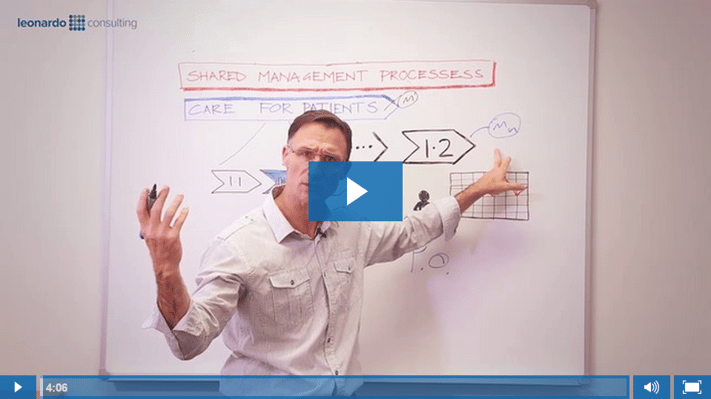The Process Session is a weekly video series posted on The Leonardo Blog that discusses all things BPM and Enterprise Architecture.
Today, Marco talks about Process Governance.
Please let us know if you have any ideas for future topics for The Process Session.
Video Transcription - Process Governance
Thanks for joining me again in The Process Session. Today we’re talking about the 7 Enablers of Business Process Management BPM.
We’ve spoken about Process Architecture – how to build and what to do with it; we’ve spoken about how to put measures around it and why it is important to put measures around a process (otherwise you can’t measure how it is performing).
Process Governance
Today we’re going to talk about Process Governance. Governance is the organisation of management. How do we organise our business processes? What is the best structure in your organisation for these processes? For every organisation it will be slightly different because you have difference cultures. However, I think the prime role is understanding What is a Process Owner?
What is a Process Owner?
So the process owners is not the person who can control the process. It is not the person who can resource it, through people at it or take people away from it or put systems into support it. The process owner should be the person who sets the right measures of any process or it’s sub-processes. Once a process is decomposed into a set number of measures, the process owner is the once who defines what that should be. That’s influenced by external contexts, the environment, or internal performance issues. Once the Process Owner understands what that measure should be, they then set a benchmark or target to which the actual process should be performing at.
Once the Process Owner knows all this, they can then monitor that process to ensure that it is performing according to how it has been designed. If it goes out of the control, for which it is supposed to be achieving, they need to determine what needs to be done. It is their responsibility to communicate to a steering committee, or an executive management group – a group that has the influence over the organisational people that perform the processes/sub-processes within the organisation. The Process Owner does not control the people, but they need to be able to influence them. That is their role – to monitor, set targets, respond accordingly, so that the processes is changed, or the people/systems that support it are changed to drive the process in the direction it needs to go determined by what they have set initially. This lives neatly in your process architecture so that everyone can see what the processes are doing, how they are performing, and what targets they need to be setting.
That is fundamentally Process Ownership. Their work is:
- Strategic – not clerical
- Establish the measures and targets so that others can respond accordingly
- To mind that gap between target and actual performance
- To tweak/change/influence things to ensure that process is performing the way it is designed.
This changes over time – so the process owner is always responding to setting new targets to align with how the processes should be responding.
They are the voice of the process. That is what I believe is the key essence of Process Governance. Not only the more traditional understanding of putting rules and structures in place to govern the business processes but more so, how does a person respond to the process to get it to achieve what it needs to achieve.
So thank you for joining me on Process Governance, next week we will talk about process change.





